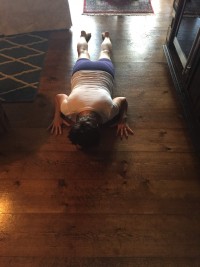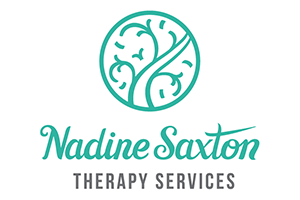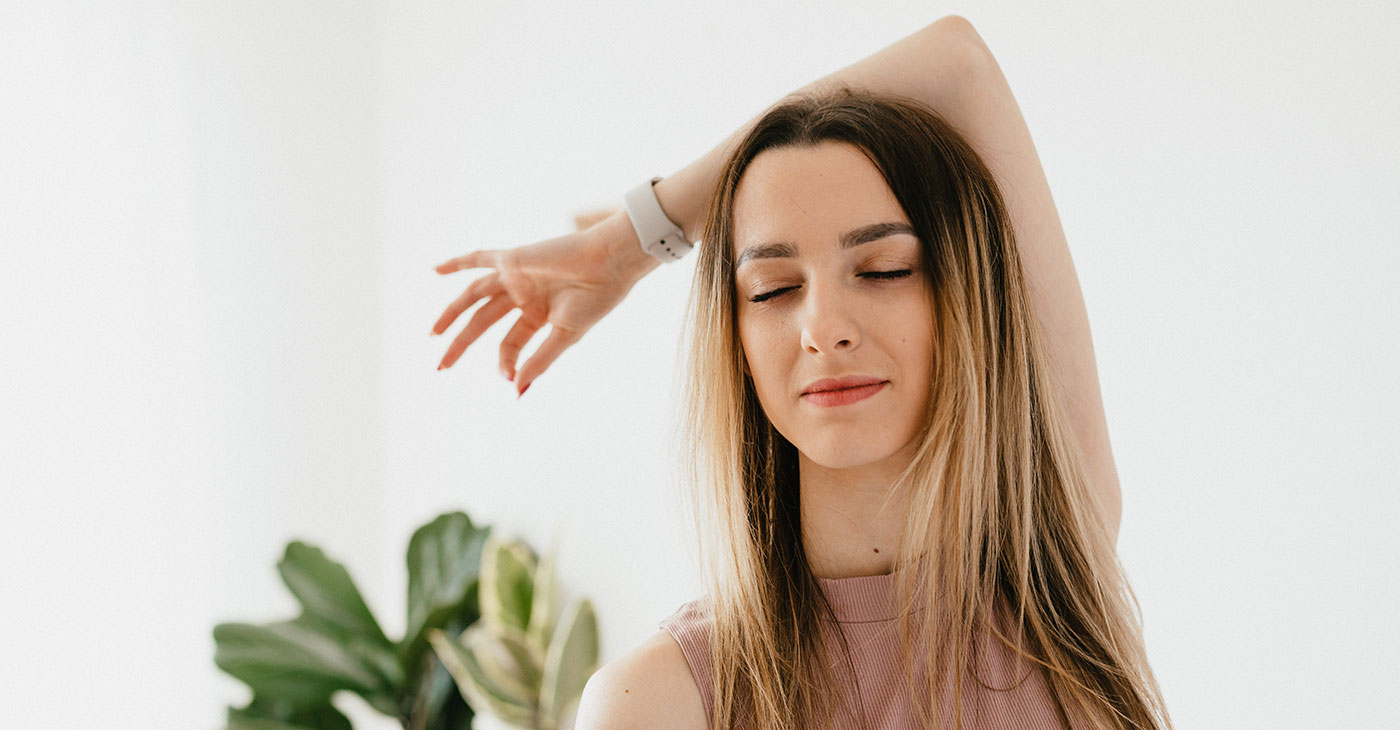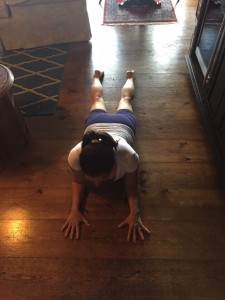Last blog post we explored the relationship of our fingers to parts of our scapula. This month we will look at the growth of muscular strength and the development of our spinal curves in relation to presence.
If you find you are a ”spineless push over” and that people easily manipulate you, or find it difficult to say “no” and push back, revisiting push patterns can help transform such experiences, so you can stand up for yourself and feel more confident and present in your choices.
Emotions have physical manifestations. These manifestations may have developed long before consciousness. What is fortunate is that we have it in us to repattern physically, and with intention notice-accompanying emotions as we transform thought patterns via these experiences. In so doing we provide ourselves with nurturing we need to feel we belong in our own skin. When we witness, care, and hold ourselves, we discover what we want and we promote healing of our whole self.
Remembering
Developmentally, Yield and Push patterns are responsible for strength and help in the creation of boundaries and body tonus. These patterns can offer emotional support as well. The underlying push to vertical uprightness is an important aspect to gaining our sense of presence and self. With that awareness can come the knowledge of desires.
As babies, when first placed on the floor for tummy time, we were not passive; we were yielding into and sensing our connection to the earth. If our environment was a safe and loving one, and we heard a familiar caring voice calling us, we aimed to move towards that pleasurable sound.
Lifting our heads and chests towards a nurturing caregiver helped create and strengthen our spinal curves. We gained a sense of accomplishment as we lifted up and discovered new space in our world. Being met with the attention of a loving communicating caregiver, we basked in the glow of affection. When we rested on the floor we were one with it, when we pushed against the floor to move, we were separate from it. This is how we began to experience boundaries.
As we developed we found we could push with our feet as well and eventually pushed onto our knees and onto our feet. We discovered more about our world as we learned to sit up, then to stand. Our brains processed more stimuli with each new level of space we attained. If the world was welcoming we flourished, if it was uninviting, we learned to protect.
If we were not modeled loving attention we may have developed the feeling that we were burdensome. It was too much to ask for any needs to be met. If our environment was full of noxious stimuli (like yelling or rough handling), or no one came to care for us when we cried, we may have pulled into ourselves, and held tightly to protect ourselves from an unsafe world.
If we were not given attention, our yielding may have turned to passivity and we collapsed into ourselves when no one came to our aid. We may not have pushed very hard to develop strength or tone in our front or back body, because we got the message we don’t matter. When no caring, affection, nurturing, attention is provided at this young age, often low affect and abandonment issues result.
Emotionally, recognizing you has it in you to create boundaries and build up strength to push supports self-confidence. As adults, we have it in us to develop emotional eloquence from a physical place. When you notice your back feels stronger and you have more energy, you are able to connect more with your internal needs. You may notice you have more determination or you are more upbeat. You are able to respond to your external environment more consciously and discover you have choice.
With a conscious approach we may experience this intention of lifting ourselves up by sensing our spine lengthening and supporting our ideas. With our feet on the floor feeling the yield and push underneath we sense the foundational support we need to reach out into the world.
If you are finding your neck and low back feel weak, you are having trouble creating healthy boundaries in your life, you are feeling like you do not have emotional strength to push back at others who are overbearing, try these sequences to recreate a connection with your cellular self and notice what else may come into play.
When we pay attention to sensations of our physical selves and focus our attention on caring for ourselves emotionally, we can transform experiences by introducing new intentions.
On your Belly
Begin by lying on your belly, yielding into the earth, and then have an intention of lifting your head. What do you notice?
Next, put your hands by your shoulders in your near reach space, yield first to connect into the surface, then push into your hands and elbows to lift your head and chest. How much do you push? How quickly do you push? What do you notice in your arms, neck, and head? Turn your head side to side. Notice sensations in your neck. What do you feel in your shoulders? Your lower spine?
When you push your hands and elbows into the floor and push your chest up from the floor, what does the tone of the front of you feel like? What do you feel in your back? Breathe in and out, filling and emptying yourself and notice what you notice. Is it pleasurable?
Remember, noticing the sensations of where you are, and when you separate from the earth, is key to making a conscious boundary. Noticing pleasurable sensations, helps shift emotional self-talk.
On your Back
Roll over and lie on your back with your knees bent and feet sitz bone distance apart. Yield your feet into the floor, then, push into the floor. What do you notice in your thighs (front and back)? What do you notice in your pelvis?
Push more into the floor until you lift your pelvis off the floor. How high you choose to go is up to you. What happened to your toes? If they come off the floor do you notice you are pulling in the front of your shins and not pushing your whole foot? Allow your pelvis to return to the floor and rest. What happens to your muscles?
Deep Scapulo-Humeral muscular strengthening – Practice
This sequence works best if you are on a smooth wood or tile surface (not carpet or on a mat). It is excellent for working with frozen shoulder, anxiety and to strengthen your upper body and spinal curves.
1) On your belly with your palms near your shoulders, arms bent as close to your body as possible. Yield into the floor then Push into your hands and slide your body tailwards until your arms are extended on the floor over your head (it is fine if you lift your chest off the floor).

2) Bend your arms and place your palms on the floor by your hips, (fingertips footwards, your arms will be externally rotated) yield to connect, then push into the floor to slide your body headwards as you straighten your arms.

3) On your belly, arms over head on the floor, lift your head and chest, press and pull your body headwards, towards your hands. You will end up on your elbows with your chest off the floor. You can use your feet to push you into the pull.
From this position you could execute sequence number 1.
See Video – Click On Picture to play
Movement sequence
These palm/scapula/spine sequences increase your muscular strength, and tonus in your shoulder girdle, belly, and spine as well as support your ability to bring what you need into yourself or push what you do not want away from you. They also support the underlying inner attitudes for presence and having needs met. It is pleasurable to have your needs met. A moment-to-moment experience of practicing these patterns, helps you discover your needs.
Your life experiences, conscious or unconscious, led you to your current state. Body pain or weakness in any form (numbness, illness, mental, emotional or physical), are signals from one part of you that there is an imbalance.
Exploring somatically leads you to a deeper understanding of who and where you are in the world today. We can practice and acknowledge new ways of being so we can re-establish our place in the world. Practicing somatically supports your ability to decide and strengthen how you want to be in the world today. This is embodying, a topic I will discuss in future articles.












